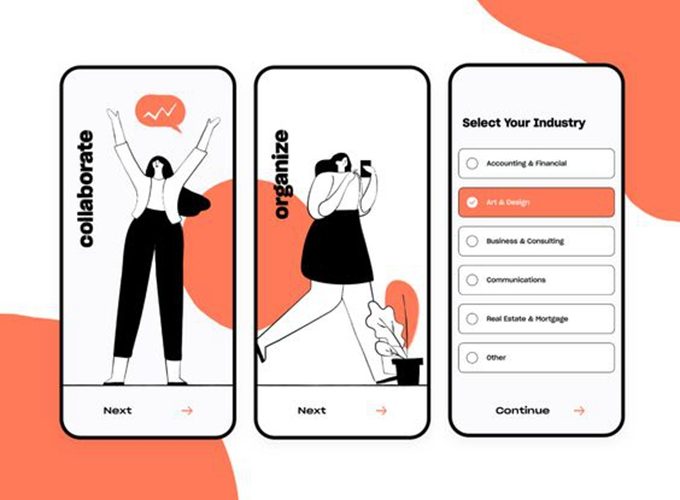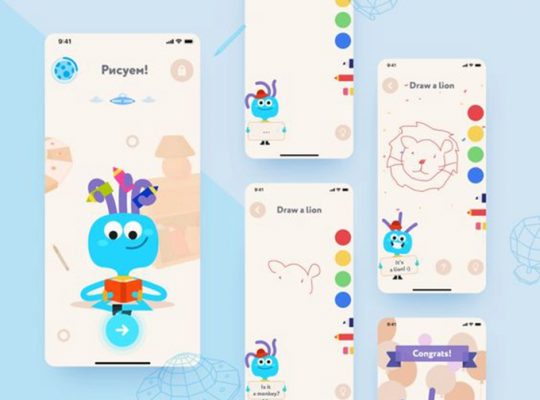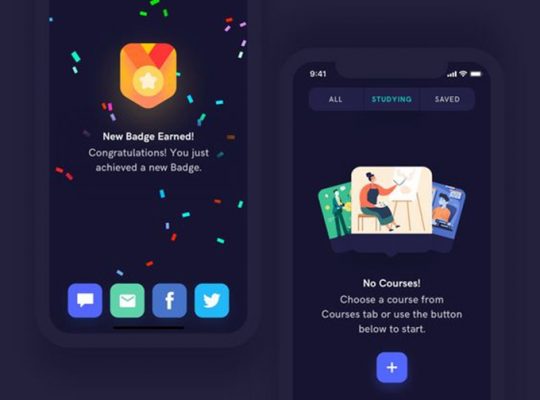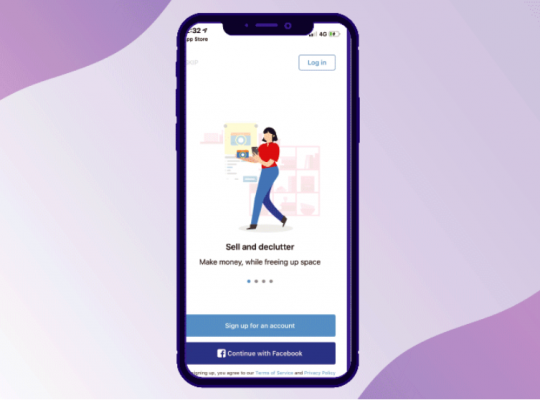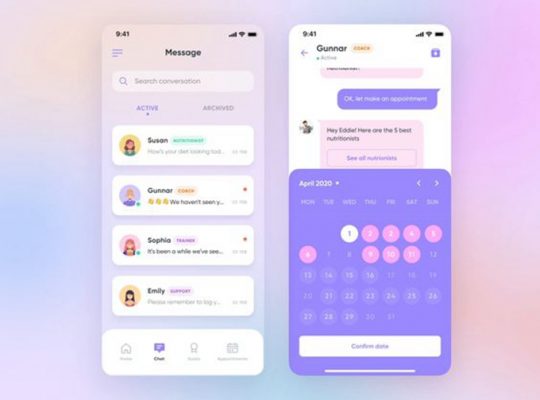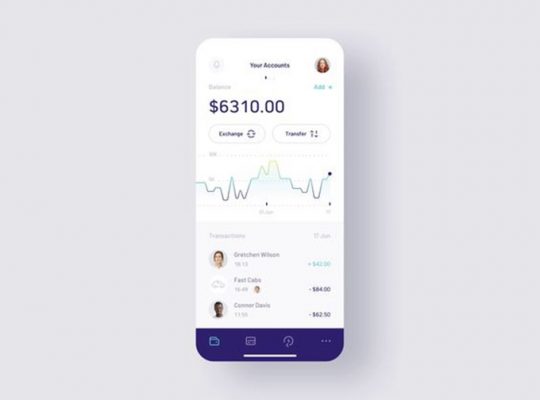Related, but utterly totally different – that’s methods to describe the method of selling your web site versus your cellular app advertising and marketing.
Table of Content
- Mobile App & Your Website
- guaranteed play store ranking
- google play store ranking algorithm
- google play search algorithm
Whereas the essential skeleton of web site and app advertising and marketing appears roughly the identical, get a bit nearer and also you’ll see there are important variations in format, person conduct, buyer funnel, methods, and KPIs. The truth is, when you get all the way down to the nitty-gritty, it turns into clear that what’s required is a separate, devoted advertising and marketing plan for each.
Selling your web site received’t get your app on the entrance web page of the app retailer, and advertising and marketing your app received’t increase your web site’s conversion fee. So let’s drill down and uncover simply how advertising and marketing your web site and app is each totally different and the identical, in 5 key methods:
#5 The format is totally different
Whereas a web site is housed on an outdoor server, accessible to anybody from anyplace, an app have to be downloaded by the person onto their private gadget.
The objective of a web site is to persuade guests to transform by finishing a specific name to motion, like buying a product or reserving an appointment. For cellular apps, the primary objective is getting the person to put in. However, as soon as the app is downloaded, the problem turns into driving continued engagement.
Cell apps have notoriously low retention charges, so app builders should all the time be pondering of inventive methods to generate pleasure and preserve customers returning to the app time and again. For instance, many apps use the badge icon to point there are messages, notifications or provides ready. These immediate the person to open the app and see what they’re lacking out on.
In a nutshell: Web site homeowners want to fret about rising their web site’s visibility and nurturing guests all through their journey on the web site. App entrepreneurs should give attention to first getting customers to obtain the app, after which lowering churn fee by conserving customers engaged.
#4 Customers behave in several methods
Do you know 80% of cellular exercise occurs in apps, and the remaining 20% takes place on cellular internet? What’s extra, pre-purchase analysis (i.e. looking flights and costs) tends to be achieved on cellular internet and apps, whereas the ultimate buy (reserving airline tickets) is extra typically achieved on pill or desktop. These variations in person conduct ought to have a profound influence on the separate buyer journeys of your web site and app.
The actual fact is, customers have a tendency to leap between desktop, cellular, and pill, relying on what they’re doing on-line. Entrepreneurs ought to take an omnichannel strategy that permits clients to take pleasure in a seamless model expertise throughout all their units.
One other fascinating distinction in person conduct is as a result of publicity of rankings and evaluations in app shops. An app’s score has a robust affect on a person’s choice to obtain. Most web sites don’t face this sort of upfront scrutiny the way in which apps do. Alternatively, an important score can go a great distance in driving app installs.
In a nutshell: Entrepreneurs of each web sites and apps want to think about the cross-device conduct of customers when creating their buyer journey. It’s essential to optimize your web site and app UX individually, in response to the person conduct and intent for every.
#3 The funnel appears totally different
As a result of totally different format and person conduct of internet sites versus apps, their advertising and marketing funnels are additionally fairly totally different.
As talked about earlier, an app person should convert (set up the app) earlier than they begin participating with it. The acquisition of the app happens on the early stage of the funnel, whereas for a web site, the conversion (whether or not or not it’s a purchase order, demo request, or another motion) is usually the final stage.
After all, each advertising and marketing funnel varies relying on a variety of things. Nevertheless, it’s helpful to match the usual internet and app advertising and marketing funnels.
Each funnels start with consciousness, nonetheless, the app funnel strikes proper into acquisition and retention, whereas the net funnel takes it extra slowly, nurturing the customer in direction of the conversion. In different phrases, the app advertising and marketing funnel strikes sooner and requires a extra action-oriented, aggressive strategy.
In a nutshell: Consider your clients’ ideally suited journey in your web site or app in response to the usual funnels for every. What ways are you utilizing to maneuver your buyer from one stage to the following? Have a look at every channel as completely separate funnels, and optimize as essential.
#2 Totally different methods are required
One of many key methods of web site promotion is search engine marketing (SEO). Good search engine marketing locations your web site increased on the outcomes web page of engines like google, which drives extra natural site visitors to your web site.
The app equal for search engine marketing is ASO (app retailer optimization). With actually thousands and thousands of apps within the app retailer, you could use all of the methods at your disposal to assist get your app seen, and ASO is one main solution to do it.
One other instance of various enterprise methods for web sites versus apps is monetization. When monetizing a web site, you should utilize adverts, product purchases, content material discovery widgets like Outbrain, sponsorships, and extra.
App monetization is sort of totally different. You possibly can monetize your app by charging for the acquisition of the set up after which deploy quite a lot of in-app monetization methods, reminiscent of incentive purchases (i.e. buying cash for a sport, unlocking options for a payment), in-app promoting, and purchases of real-life merchandise.
One thing else to think about is geo-marketing. In contrast to desktop, cellular customers are on the go, and app entrepreneurs can use location-based advertising and marketing to drive engagement and conversion. Take a look at this instance of how retail favourite, Barneys of New York, does it. By implementing in-store beacons, customers of Barney’s cellular app are served notifications based mostly on their proximity to a Barneys’ retailer. They even obtain useful suggestions for close by eating places and occasions.
Programmatic advert shopping for is one other technique for web sites and apps that may assist construct audiences at scale. For app promoting, Outbrain companions with AppNexus, which implies manufacturers can leverage cellular promoting natively and programmatically utilizing the Outbrain community.
In a nutshell: Whereas there may be overlap in web site and app advertising and marketing, there are occasions that utterly totally different methods are referred to as for. Search optimization, monetization, and concentrating on are three examples the place it’s best to use separate approaches when selling your app and web site.
#1 The KPIs are totally different
The funnels, advertising and marketing methods, and person conduct is totally different. Is it any marvel that web site KPIs are totally different from app KPIs?
When analyzing your web site efficiency, you could take into account metrics like web page views, bounce fee, common time on web page, conversion fee, and even web page load occasions. There are numerous extra, and the KPIs you set will depend upon what you wish to obtain along with your web site.
App advertising and marketing KPIs embody set up fee, retention fee, churn fee, which measures what number of customers cease utilizing your app inside a sure timeframe, DAU and MAU (each day and month-to-month energetic customers), and others.
Conversion fee is a broad KPI that may be utilized to an app in addition to a web site. Even so, your internet and app analytics function in several spheres and can have to be tackled individually.
That is the place monitoring instruments are available in. As a result of inherent variations within the methods they function, web sites and apps require totally different monitoring instruments.
Fortuitously, there are quite a few choices accessible. For web site monitoring, instruments reminiscent of Google Analytics, Kissmetrics, Hotjar, and SEMrush are well-liked.
In the case of monitoring app analytics, you’ll want to select from a completely totally different checklist, which incorporates the likes of Google Analytics for Cell, Appsee, Appsflyer, and Apple Analytics (for iOS solely, after all).
In a nutshell: There aren’t any reducing corners – to correctly measure the efficiency of your web site and app, you need to set separate KPIs for every. Should you plan on utilizing a monitoring instrument, you will have to decide on separate merchandise particularly designed for web site evaluation or app monitoring.
